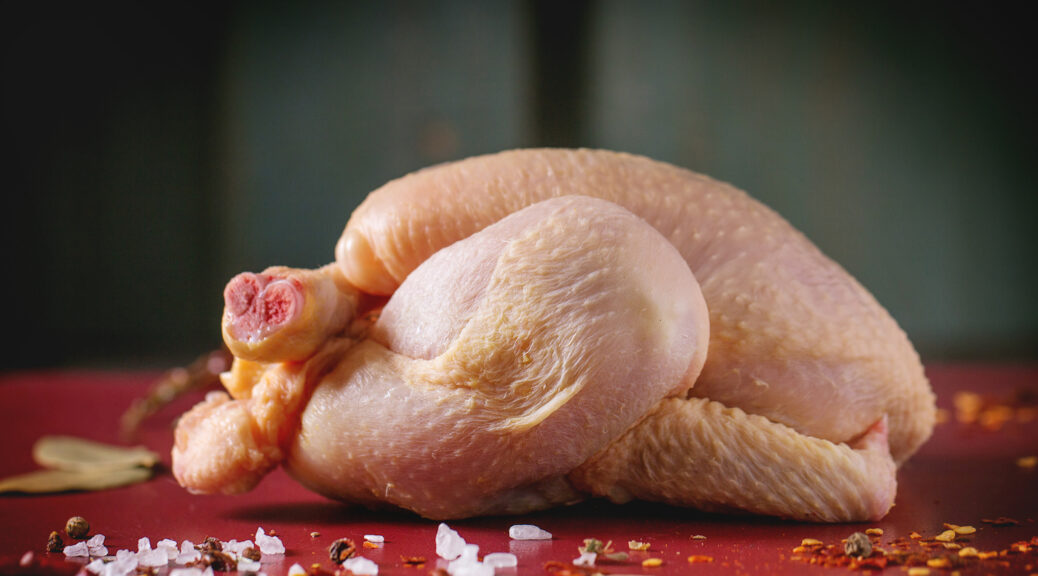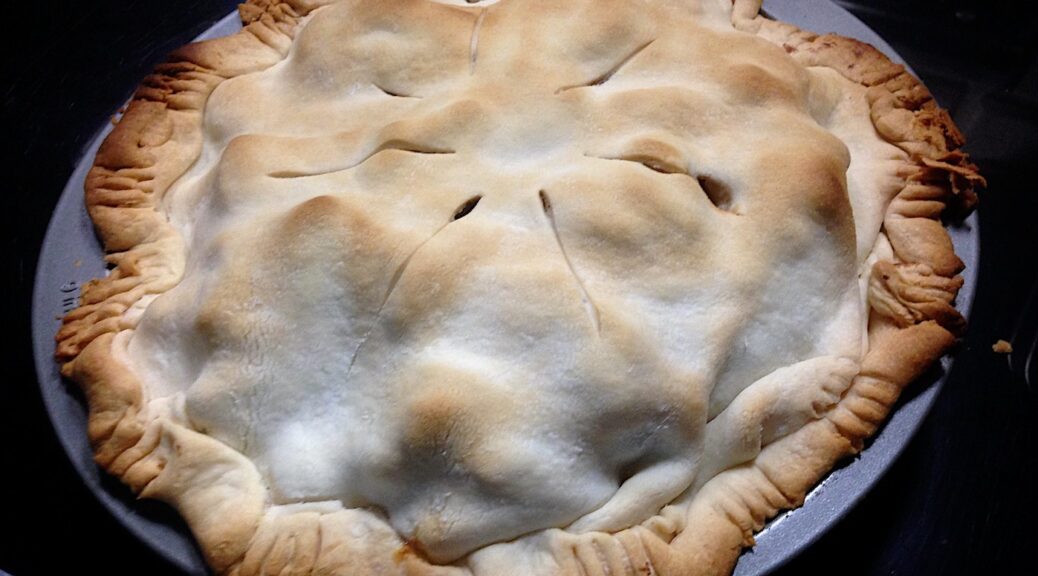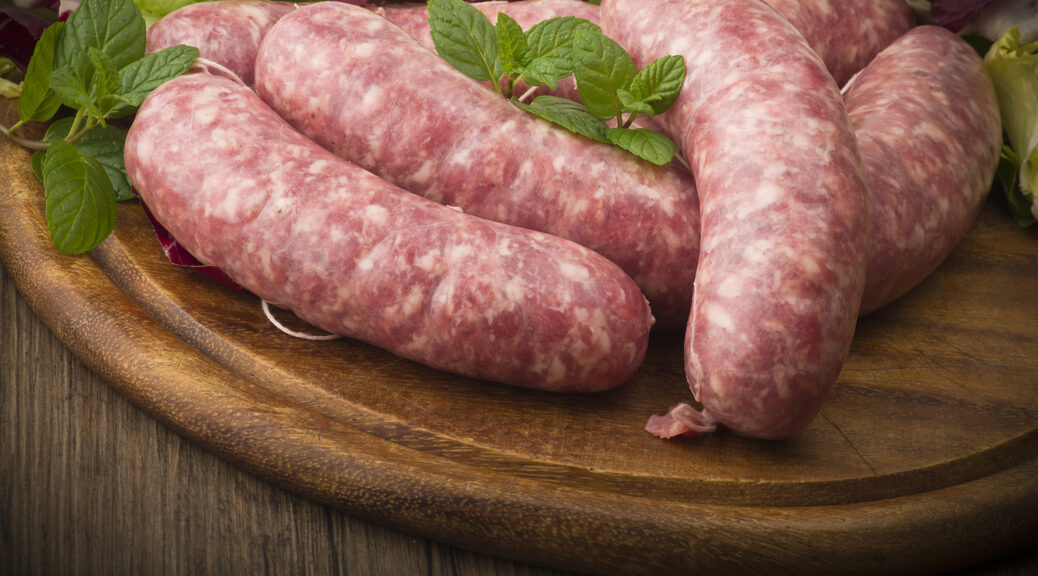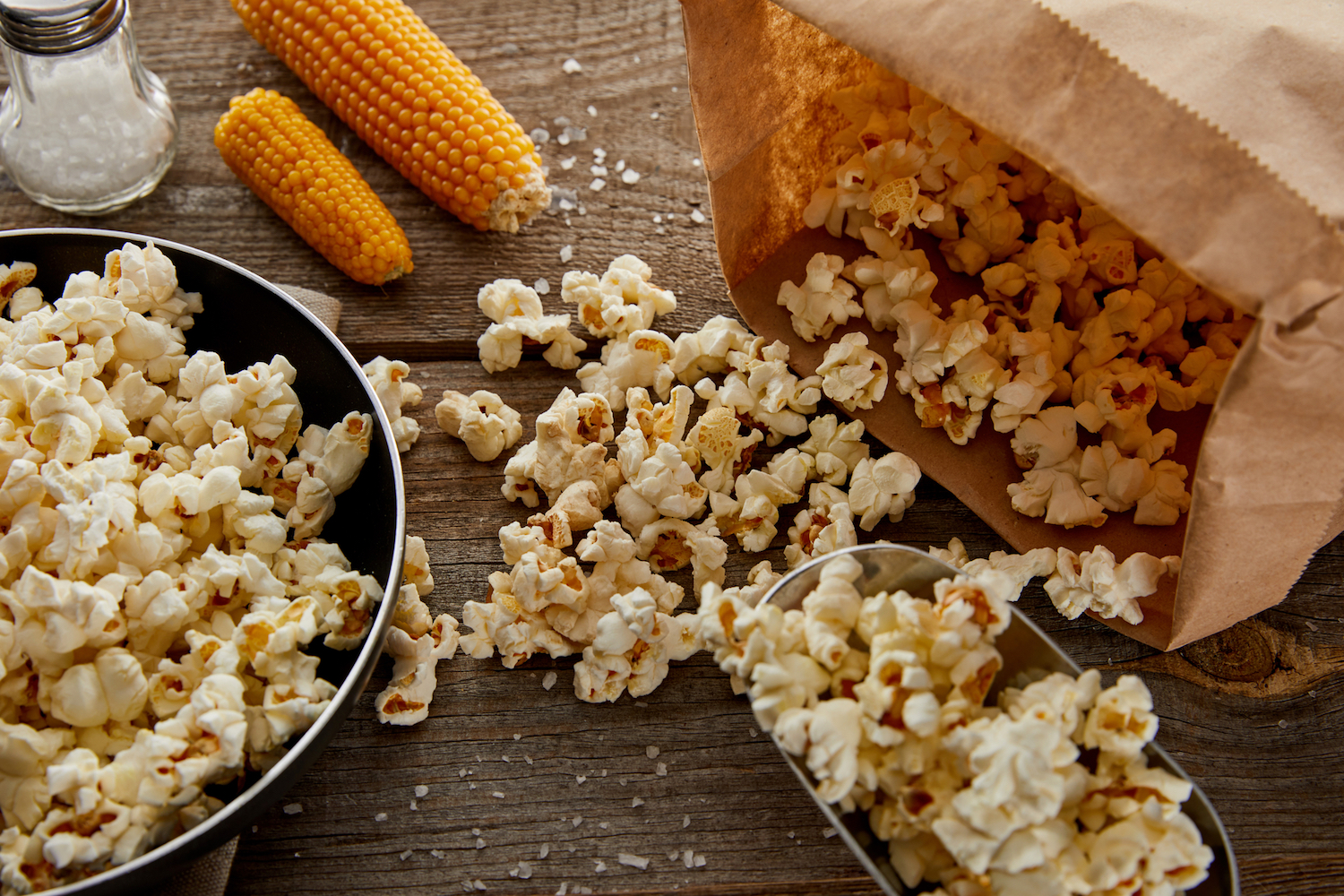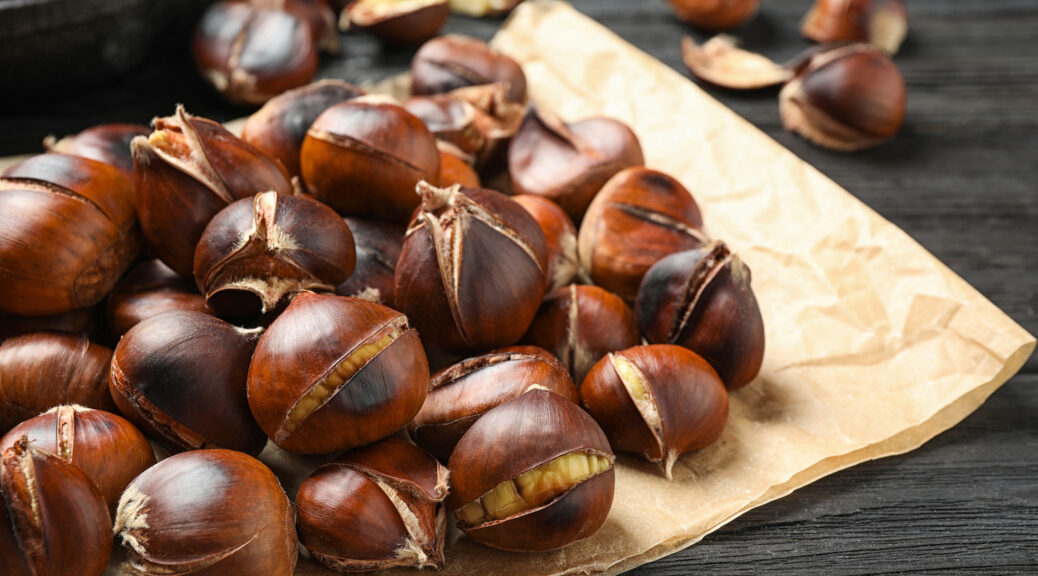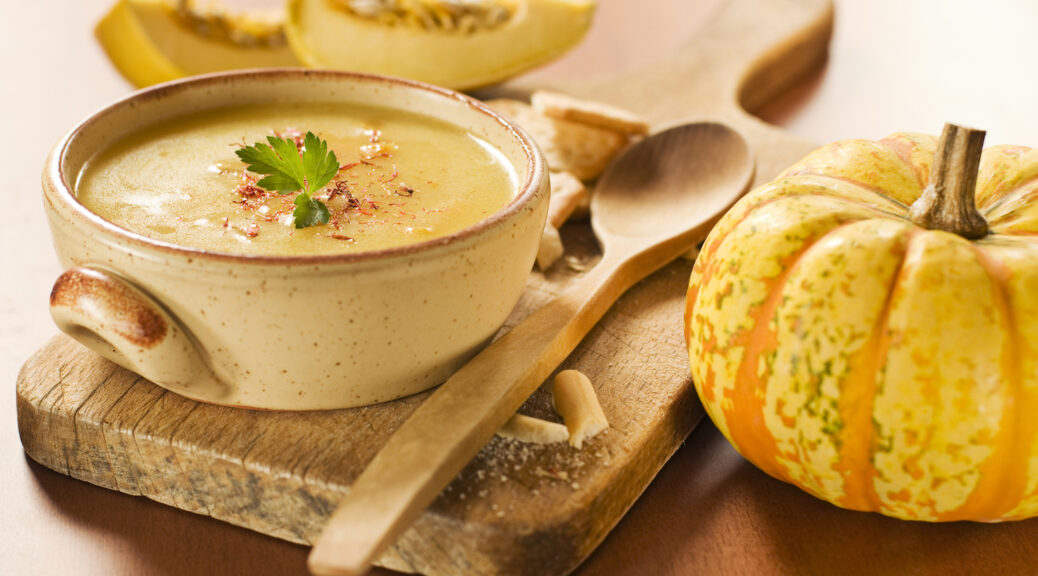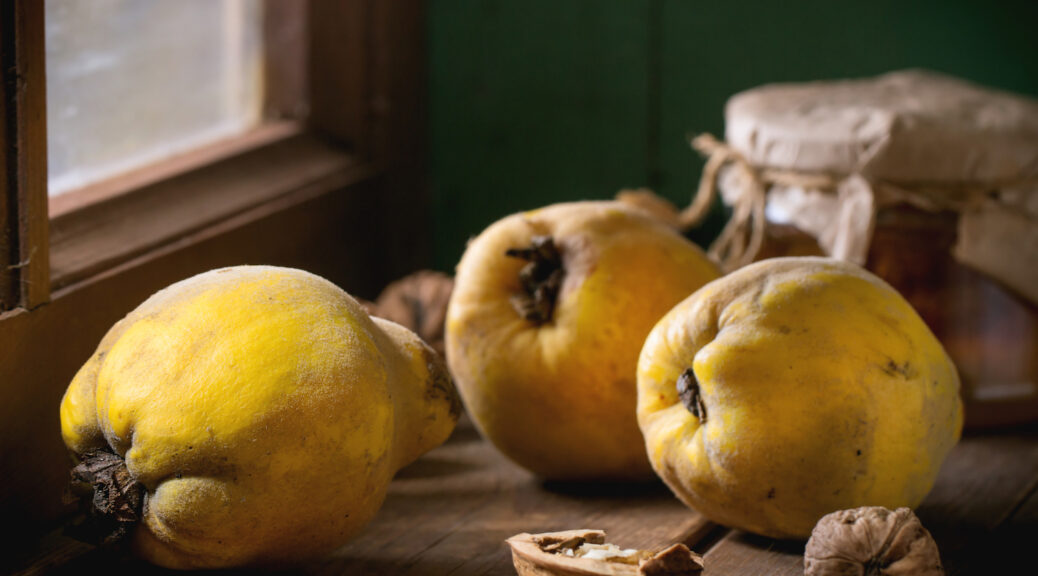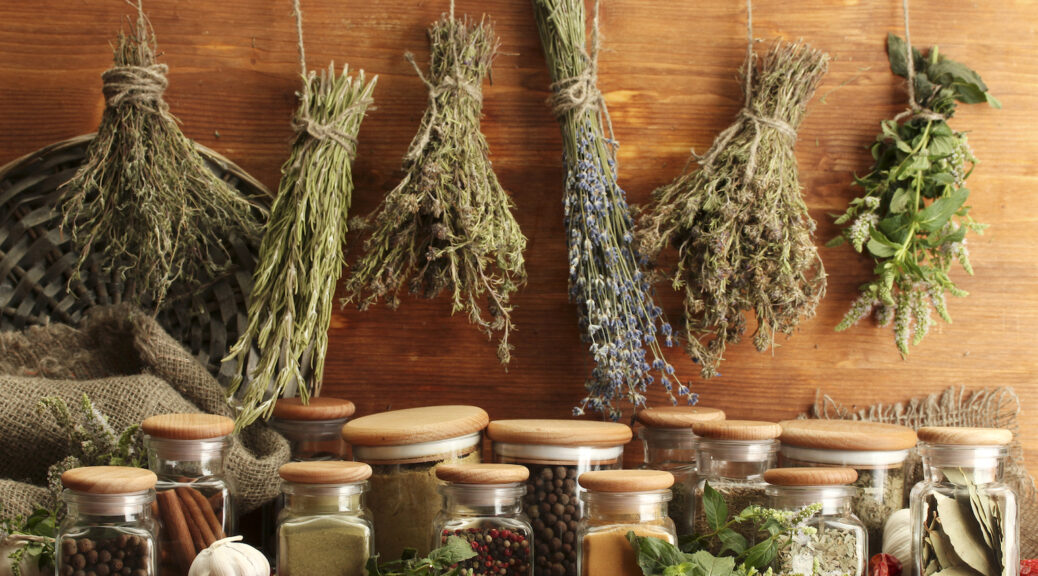How to Select Fresh Poultry at the Market
In the 1800s, people who didn’t raise their own poultry usually bought their meat from a butcher shop. There was no electric refrigeration and no government inspections, so they bought from a reputable butcher or learned to determine a fowl’s freshness themselves. Poultry was usually sold as a whole bird. INFORMATION BELOW FROM 1800s COOKBOOKS It is necessary to know the difference between fowls and birds. A fowl always leads its young ones to the meat, and a bird carries…
